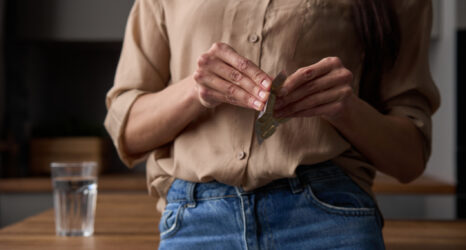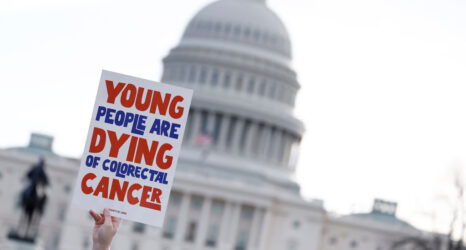More than 350,000 American each year suffer cardiac arrest outside of a hospital, and CPR can double or triple a person’s survival odds. A new study from the University of Pennsylvania, however, revealed a disturbing gap in those odds: 39 percent of women suffering cardiac arrest in a public place were given CPR, compared to 45 percent of men—who were 23 percent more likely to survive.
The study is the first of its kind to examine the effects of gender on receiving help from a member of the public during a cardiac arrest, and it involved nearly 20,000 cases around the country. No differences were seen in a second study that looked at CPR aid administered to men and women when cardiac arrests occurred in a home, where rescuers were more likely to know the sufferer.
One possible explanation for the CPR gap is society’s discomfort with women’s bodies. Most mannequins used for CPR training courses are modeled after the cis male body, meaning professionals and good samaritans alike may have less experience practicing life-saving techniques on a body with breasts. “It can be kind of daunting thinking about pushing hard and fast on the center of a woman’s chest,” says the study’s leader, Audrey Brewer.
Dr. Benjamin Abella, one of the leaders of the study, says that rescuers may be nervous about having to remove or push aside women’s clothing to administer CPR or touch her breasts—but asserts that proper CPR “shouldn’t entail that.” He went on to explain: “You put your hands on the sternum, which is the middle of the chest. In theory, you’re touching in between the breasts.”
Along with the potential implications of “fragile” or “weak” stereotypes on women’s health, Dr. Roger White of the Mayo Clinic and co-director of the paramedic program for the city of Rochester, Minnesota, also worries that some life-saving techniques may not always properly accommodate female bodies. White cites concerns that large breasts may impede the proper placement of defibrillator pads if a female patient’s heart requires a shock to restore it to a normal rhythm.
One thing is certain: There’s lots of work to be done to combat the apparent hesitation to provide aid to women in need of critical medical attention. “This is not a time to be squeamish,” Arabella emphasized. “It’s a life and death situation.”
Those situations require action—breasts or no breasts.





